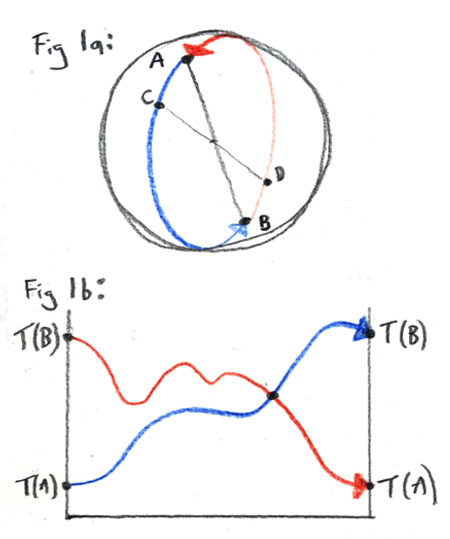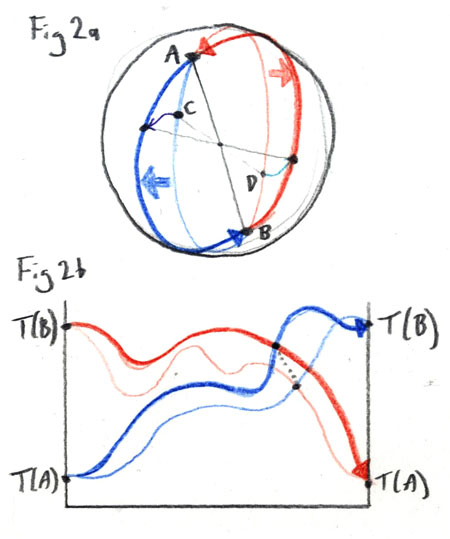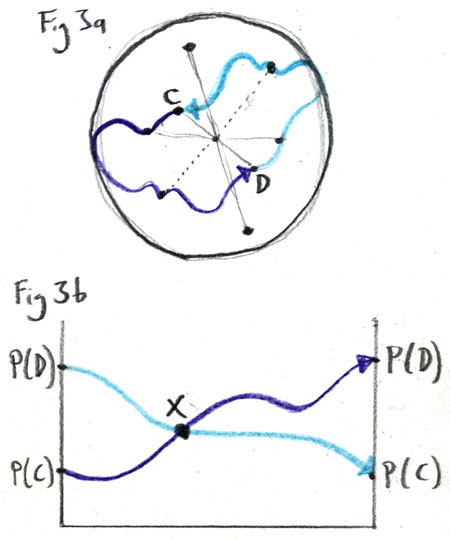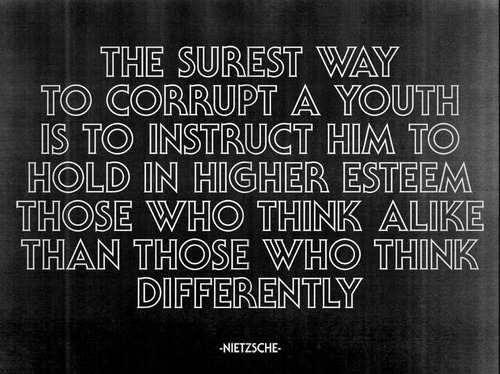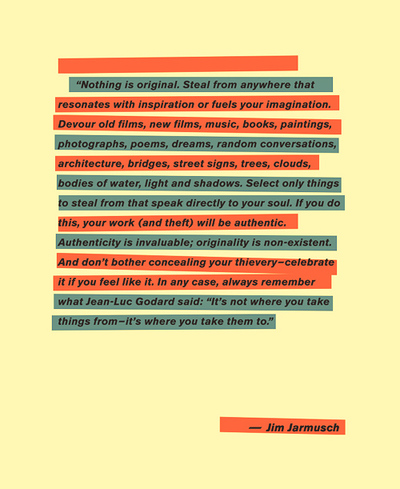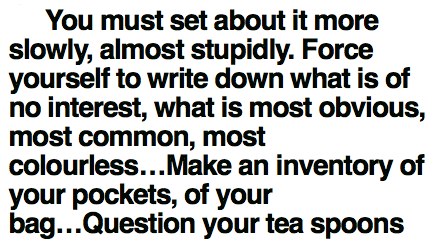OctopusFruitbat Game Write-up – Puzzles & Polaroids at the British Museum
Clare and I were asked by Stubble & Glasses (who I also happen to work for) to design and run a company game event in a professional capacity, because some of them had enjoyed some of our earlier game events. So we formed a company called OctopusFruitbat, came up with something that combined puzzle-solving with creative instant-photo-taking, and it went a bit like this. If you’re ever looking for someone to come up with a similar event, of if you want advice on doing something yourself, please do get in touch!
Also don’t forget, this Friday I’ll be running Competitive Sandwich Making (which last year went like this) as part of the amazing all-weekend festival of gaming that is Hide&Seek’s Weekender at the Southbank Centre.
Quote
I’ve been nurturing the idea that films that follow the “They Made Him, Then Tried To Kill Him, Now He Must Fight Them” storyline are rising to such prominence that it must be some kind of Hero’s Journey for the modern age (I’m thinking Bourne, Hitman, Grosse Pointe Blank, Kill Bill, Blade, Ultraviolet…). The closest I could find on TV Tropes was Contract on the Hitman, which doesn’t quite nail it.
On metafilter, wuwei draws it out more explicitly by contrasting James Bond with Jason Bourne:
Who is our generation’s James Bond? Jason Bourne. He can’t trust his employer, who demanded ultimate loyalty and gave nothing in return. […] Bourne survives as a result of his high priced, specialized education. He can do things few people can do […] and like the modern, (sub)urban professional, Bourne had to mortgage his entire future to get that education. They took everything he had, and promised that if he gave himself up to the System, in return the System would take care of him. It turned out to be a lie.
(You can read the post in full here).
Is there any evidence that there really has been such a transition, that corporations are now violating the social contract in some way that they weren’t before? The three charts in this article do seem to actually endorse this idea – Corporate Profits Just Hit An All-Time High, Wages Just Hit An All-Time Low.
Pictures
Here are some pictures with captions that have some amazing food-preparation tips, for example:
Previous Puzzle – The Shrinking Empires
Last time I asked why Empires seemed to be getting geographically smaller. I’ve actually asked this question when interviewing analysts, and get two kinds of answers.
The most common answer is that population density is increasing, and apparently human political power tends to stabilise around the 10m-50m range. For example, the Roman Empire was pretty big, but probably only covered ~60 million or so people, ten times fewer than those living in the same geographical area today (according to Citation Needed, but hey, it sounds about right).
A more interesting idea is that it has something to do with technology and inequality. I once heard it said that technology is not politically neutral – for example, Nuclear Power requires greater centralisation of government power than, say Wind Power – and I find this an appealing idea. Perhaps, for example, improved forms of communication give greater power to the people, who are then better able to resist tyrants with aspirations of empire-building through war.
But the more I dig into this, the more it starts to look like post-rationalisation, because I can imagine giving examples to prove the opposite. If everyone can manufacture guns cheaply, is it easier to terrify your populace with asymmetric power you can give your enforcers, or is “a well armed population the best defense against dictatorship”? If you improve transport, is it easier to avoid conscription, or easier to wage war? If you combine Moore’s law with the internet to create continuous public surveillance, do you end up creating a single global culture with no crime, or do you permanently enforce the power structures that exist at the point of implementation? Well, that’s a question for another day.
Puzzle – Google Correlations
Google Correlate lets you find closely correlating Google search term trends, which sometimes gives silly results by coincidence, and sometimes reveals something very interesting. The question is, how many of these correlations can you explain?



